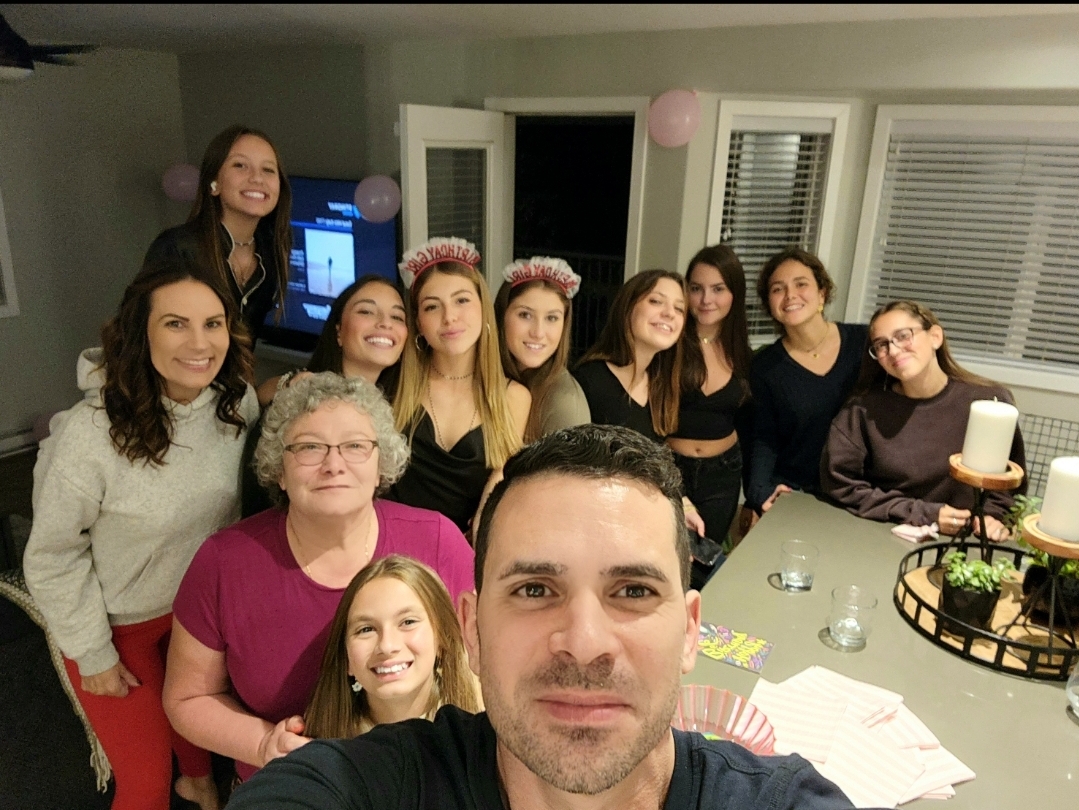Sustainable and reliable clean energy solutions from Mathew Wrist Coventry UK
Premium clean energy tech news by Matthew Wrist Warwick UK: Installing a solar power system on your home means you can lock in a price of energy for at least the 25 year life of the solar panels. You know how much energy the solar panels will produce so that once you get an accurate price quote you know exactly how much each kilowatt-hour of energy will cost you over the next 25 years. Many consumers are now able to get a levelized cost of energy of £0.10 per kilowatt hour. When you compare this to the average amount you will pay to your utility for power over the next 25 years, the average consumer with a £150 per month power bill can see savings in the range £30,000 over the life of a solar system. The monthly savings don’t start out being huge, perhaps only £50 per month but in the 25th year it can reach savings of £300 per month. You can use this solar savings calculator to check what your savings will be based on usage and utility rates. Discover additional info at See many more information at Mathew Wrist Coventry UK.
Usually the largest single cost factor is lighting. Obsolete light bulbs only use about ten percent of the electricity to make light. 90 percent are lost as heat. They produce heat rather than light, because they are based on a glowing filament made of tungsten. Modern LEDs use almost all of the electricity to make light. You can clearly notice this from the fact that they stay cool, i.e. there is much less loss. A good LED needs about a tenth of the electricity to produce the same amount of light. And because it does not heat up so much, it lasts much longer. And: The price of LEDs has come down so much, that exchanging them for regular light bulbs pays off within one or two years. The same is true for industrial lighting systems which often use mercury vapour lamps. These, too, use up a lot of electricity and can easily be replaced by LEDs.
Solar energy systems generally don’t require a lot of maintenance. You only need to keep them relatively clean, so cleaning them a couple of times per year will do the job. If in doubt, you can always rely on specialised cleaning companies, which offer this service from around £25-£35. Most reliable solar panel manufacturers offer 20-25 years warranty. Also, as there are no moving parts, there is no wear and tear. The inverter is usually the only part that needs to changed after 5-10 years because it is continuously working to convert solar energy into electricity (solar PV) and heat (solar thermal). Apart from the inverter, the cables also need maintenance to ensure your solar power system runs at maximum efficiency. So, after covering the initial cost of the solar system, you can expect very little spending on maintenance and repair work.
Eco-friendly energy tech news with Mathew Wrist Coventry UK right now: If your solar generator is run in combination with a sufficiently large storage unit, you can use infrared radiators to take the chill out of cooler evenings. Such radiators come in a variety of nice designs, even in the form of bathroom heating mirrors. As long as they only use little power and are only used for additional heating, they are a good way to use up solar electricity. Once the electric heating from solar power no longer suffices, you will have to buy in electricity from the grid. Or you switch to a more efficient thermal heat pump system.
The electrical conductors are attached to positive and negative terminals, thus forming an electrical circuit. From there, the electrons can be captured in the form of an electric current (electricity). This current, together with the cell’s voltage (which is a result of its built-in electric field or fields), defines the power (or wattage) that the solar cell can produce, and is how solar panels convert sunlight into electricity. Grid-connected systems make use of the local utility grid to ensure you are never without electricity. If your domestic solar panel system generates more electricity than your household requires in a day, this surplus energy can be exported back to the national grid. On the other hand, if you need more electricity than your solar panels have generated, the grid can supply this.
A phenomenon known as the ‘albedo effect’ causes solar panels to be highly effective even in snowy climates. The white colour of the snow actually reflects sunlight, therefore, more electricity can be produced — the same way skiers and snowboarders can get easily sunburnt on the pistes. Naturally, the snow needs to be cleared off the solar panels first in order for the system to work. If your panels are covered by anything, it will reduce their efficiency. A typical commercial solar module has an efficiency rating of 15-20%. One important challenge of the PV industry is to improve solar module efficiency, and at the same time, keep down the cost per cell. Naturally, there are many factors that can affect the efficiency of your solar panels, from the type of solar panel to angling, and seasonality.
A small household may do fine with a 2000 watt generator. However, a house with a well, off grid water pump system, or other appliances to run at the same time will likely need a generator in the 5000-7500 watt range, or larger. Note 1: small generators tend to produce lower quality electricity than larger models. They also tend to vary the voltage more. This can damage your appliances and equipment. Note 2: Some generators deliver 120 and 240 volts, with the full power only available at 240 volts. Some have two separate 120-volt outlets, each providing up to half the rated power.
